Dastgeer Sahib Shrine : Kashmir's Spiritual Essence
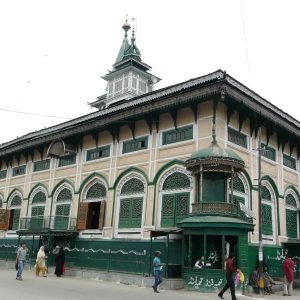
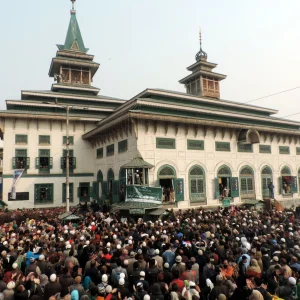
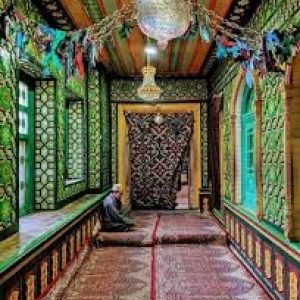
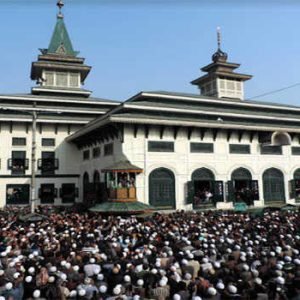
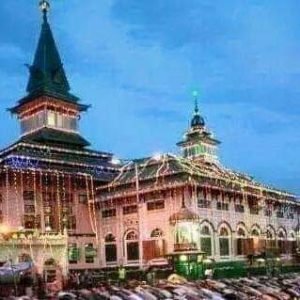
Table of Contents
ToggleDastgeer Sahib Shrine is one of the most sacred and historically important religious places in Kashmir, especially in Srinagar where it is located. It is named after the great Sufi saint, Abdul Qadir Gilani. This has spiritual, historical, and cultural importance for the people of the Kashmir Valley as well as far beyond.
1. Introduction
Instituted after Syed Abdul Qadir Gilani, who is also known as Ghaus-e-Azam Dastgeer, the Dastgeer Sahib Shrine is an important center of Sufism in Kashmir. Though Abdul Qadir Gilani never stepped foot in Kashmir, his spiritual legacy marked the region indelibly. Represented in the shrine is the dissemination of Islamic mysticism in the valley and has become the focal point of the pilgrims, scholars, and worshippers.
Situated at Khanyar, a highly congested locality of Srinagar, it responds to the longings of the masses for peace, prayer and worship. It has become a part of the social and cultural ethos of Kashmir over time.
2. Historical Significance
The Dastgeer Sahib Shrine dates back to the 18th century. It was founded around 1806 by local cleric Syed Buzargh Shah, who built it in the time of Afghan rule in Kashmir. As shrine of Abdul Qadir Gilani, it contains relics that the locals believe are of the same saint.
He was an Iraq-based 11th-century saint from Baghdad. Syed Abdul Qadir Gilani is counted among the greatest saints that Islam saw. Revered for his approach to spiritualism, love, and devotion, his teachings influenced millions across the globe. This saint never visited Kashmir, but his disciples exerted their influence here to get his message across.
The Dastgeer Sahib Shrine, for instance, can be symbolic of the connection that existed between the valley and the wider Islamic world while underlining the valley’s strong Sufi tradition, one that not only shaped the religious identity of the valley but also forms an important constituent of the cultural identity of this region.
3. Architecture
The complex possesses an architectural style, which is a blend of the conventional Kashmiri, Persian, and Central Asian styles. This reflects the influence of varied traditions that have molded the region over the centuries. The shrine is of wood, a hallmark of construction in Kashmir because timber is the principal building material in religious structures due to the region’s seismic vulnerability.
3.a. Architectural Features
Intricately carved wood enhances the shrine using the expertise of Kashmiri artisans to cover the ceilings, pillars, and other architectural features.
Its hallmark feature is its khatamband ceiling, a traditional Kashmiri woodwork technique in which small pieces of wood are fitted together to form geometric patterns. The ceiling is a masterpiece, symbolizing the union of beauty and the spiritual.
i. Colorful Interiors: Walls have floral motifs and calligraphy alongside bright colors painted on the interior side of the shrine. Those designs are symbolic and add aesthetic and spiritual appeal to this shrine.
ii. Chinar Trees: The courtyard of the shrine is decorated with the majestic Chinar trees, which are iconic in Kashmir and are supposed to create a quiet environment for visitors. There is spiritual symbolism to Kashmir through these trees, which symbolizes longevity as well as wisdom.
4. Relevance in Religious/Spiritual World
Dastgeer Sahib Shrine is a very significant location for the Sufis of Kashmir. The shrine is intimately linked with Qadiriyya, a Sufi order initiated by Abdul Qadir Gilani, and it still serves the purpose of practicing Muslim mysticism.
4.a. Daily Prayers
This shrine performs its daily prayers, which bring in thousands of devotees to come and pray every day. After praying, common gatherings also take place, and discussions regarding the teachings of Sufism are made.
4.b. Urs
The Urs or death anniversary of the great saint of this chain, Shaykh Sayyid Abdul Qadir Gilani, is one of the largest religious events in Kashmir. It takes place on the eleventh day of the Islamic month of Rabi’ al-Thani. Thousands of devotees from the region gather to take part in the Urs, a function that involves special prayers and recitation of the Quran.
4.c. Sufi Practices
The shrine also has zikr, or the remembrance of God. Zikr sessions, which consist of repeating God’s names in rhythmic cycles, are highly featured in Sufi practices and are consequently carried out frequently within the shrine. Sessions aim at creating an environment of God’s presence and to take the participant closer to the divine.
4.d. Healing and Miracles
In the past few centuries, the shrine of Dastgeer Sahib has been visited by many with spiritual healing. Opinions believe that at the shrine, people get relief from ills, sorrows, and misfortunes. There are umpteen stories of miracles credited to the blessings of Abdul Qadir Gilani and his spiritual presence at the shrine.
5. Cultural and Social Role
The Dastgeer Sahib Shrine is something more than the impression of a religious site, it is a social institution weaved into the daily fabric of Kashmiris. Being the most important shrine in the valley, it played an important role in strengthening communal harmony and unity.
5.a. Communal Harmony
Even though the shrine is more or less a religious center of the Muslims, people from various faiths, like Hindus and Sikhs, visit the shrine as a ritual practice to show their respect. All this interfaith contact re-installs the significance of the shrine by instilling peace and harmony in an otherwise very diverse society.
5.b. Celebrations and Events
Festivals like Eid are times when people from different parts of the valley come to perform their reverence at the shrine, thus reinforcing communal bonds that hold the society together.
5.c. Education and Learning
The shrine is a place of continuous learning, basically Islamic. The shrine attracts numerous scholars and students to study religious texts, philosophical and spiritual philosophies of Sufism, and juridical thought in Islam. The glory of Abdul Qadir Gilani as a scholar and saint merge knowledge and spirituality here.
6. The 2012 Fire Tragedy
On June 25, 2012, it experienced one of the darkest chapters of its history when a fire broke out and destroyed a great part of the structure. Though relics of Abdul Qadir Gilani and all the sacred objects were saved, a great portion of the wooden structure was burnt to ashes by the fire.
The incident stirred up the Valley of Kashmir because for the people here, Dastgeer Sahib Shrine is not just a religious monument but also cultural and spiritual cornerstone. Thousands were seen gathered in sorrow, and the loss was felt collectively.
However, the reaction to the fire was resilience and hope. The shrine was rebuilt with respect to its original architectural style, and by 2017, the restoration work was over. The rebuilding process was collaborated among the artisans and architects who were working diligently to restore the shrine to its former glory, with respect to its spiritual and historical essence.
7. Visiting the Dastgeer Sahib Shrine
Going to Srinagar whether for spirituality or as a cultural and historical experience does not miss visiting the Dastgeer Sahib Shrine. Here is some practical information for visitors:
7.a. Location
This shrine is located in the Khanyar neighborhood of Srinagar, accessible by road from almost every part of the city.
7.b. Timings
The Shrine is open 24 hours for the visitors though specific times are reserved for prayers. The best time is early morning or late afternoon as the crowd is not too thick.
7.c. Dress Code
Visitors are to be properly attired by dressing modestly for keeping with the shrine’s religious nature. Women are advised to cover their heads and both men and women should avoid revealing clothes.
7.d. Etiquette
Since it’s a religious place, as in any other shrine, the visitors are to respect the place and the surroundings. Photography inside the shrine is often not permitted, and visitors are also not to make noise and create disturbances within and outside.
8. Conclusion
The Dastgeer Sahib Shrine is not only a reflection of the ancient architecture of the valley but is also an icon of contemporary representation for Kashmir’s rich spiritual and cultural heritage. Due to its association with Abdul Qadir Gilani, the shrine was always a sanctuary of peace, devotion, and learning for centuries. In the beautiful architecture, diverse religious practices, and deep reverence by the people of Kashmir, the Dastgeer Sahib Shrine manifests as a testament of the long legacy of Sufism in the valley.
Whether a spiritual seeker, history aficionado, or even someone just searching to discover the heart of Kashmir, a visit to Dastgeer Sahib Shrine offers immense depth and enrichment. From the daily prayers that reverberate within its gates to timeless stories of healing and miracles, the shrine will always be at the core of hope and faith in an area known for its beauty and resilience.
How to book a trip to Dastgeer Sahib, India with Charzan Holidays?
For a seamless and exceptional booking experience, contact Charzan Holidays at reservations@charzan.in or call us at +919622224473
People ask FAQ's
1. What is the real name of Dastgeer Sahib?
Sheikh Syed Abdul Qadir Jeelani is the original name of a great Sufi saint Dastgeer Sahib, born in 1077 CE in Jeelan, Persia. He was known for his spiritual teachings, and he formed the Qadiriyya Sufi order. The Dastgeer Sahib Shrine in Srinagar, Kashmir, is dedicated to his memory and teachings.
2. Why is Dastgeer Sahib Shrine so famous?
Dastgeer Sahib Shrine also known as Sheikh Syed Abdul Qadir Jeelani Shrine, has highlights of spiritual significance and beautiful architecture. Srinagar is one of the centers with thousands of devotees thronging here to seek blessings and healing. What has drawn attention is the unique wooden structure with intricate carvings and the annual festival for the celebration of the saint, making it a pivotal site in Kashmir’s Islamic heritage.
3. Where is Dastgeer Sahib Shrine located?
Dastgeer Sahib Shrine lies in Srinagar, India. It lies in the Khanyar region of the old city and is a shrine in the name of the renowned Sufi saint, Sheikh Syed Abdul Qadir Jeelani who is popularly known as Dastgeer Sahib. For many, it is considered one of the most important pilgrimage sites.
4. When is the annual Urs of Hazrat Sheikh Syed Abdul Qadir Jeelani, also known as Dastgeer Sahib, observed?
The annual Urs is held on the 11th day of Rabi al-Thani in the Islamic calendar by Hazrat Sheikh Syed Abdul Qadir Jeelani or Dastgeer Sahib. A significant number of devotees come to visit his shrine in Srinagar to participate in prayers, congregations, and other religious ceremonies.
Frequently Asked Questions
1. What is the Dastgeer Sahib Shrine? | |
| The Dastgeer Sahib Shrine, also known as the Khawaja Naqshband Sahib Shrine, is a revered Sufi shrine in Srinagar, dedicated to Sheikh Syed Abdul Qadir Jeelani, a prominent Islamic saint. | |
2. Why is the shrine significant? | |
| The shrine is significant for its spiritual importance among Muslims, attracting numerous devotees who come to seek blessings and pay their respects to the saint. | |
3. Where is the Dastgeer Sahib Shrine located? | |
| The shrine is located in the Khanyar area of Srinagar, making it easily accessible for visitors exploring the city. | |
4. What architectural style is the shrine known for? | |
| The shrine features exquisite Indo-Saracenic architecture, characterized by intricate woodwork, vibrant decorations, and a beautiful courtyard. | |
5. Is there an entry fee to visit the shrine? | |
| No, there is no entry fee to visit the Dastgeer Sahib Shrine. Donations for maintenance are appreciated but not mandatory. | |
6. What are the visiting hours for the shrine? | |
| The shrine is open to visitors throughout the day. It’s best to visit during daylight hours for a more serene experience. | |
7. Can I offer prayers or perform rituals at the shrine? | |
| Yes, visitors can offer prayers, light candles, and perform rituals in honor of the saint, following Sufi traditions of devotion. | |
8. Are there any facilities available for visitors? | |
| Basic facilities, such as restrooms and seating areas, are available at the shrine, but amenities may be limited. | |
9. Is Dastgeer Sahib Shrine safe for tourists? | |
| Yes, the shrine is generally safe for tourists. It is frequented by both locals and visitors, contributing to a vibrant atmosphere. | |
10. Can I take photographs inside the shrine? | |
| Photography is usually not permitted inside the shrine to maintain its sanctity, but you can take pictures in the surrounding areas. | |
11. What local cuisine can I try near the shrine? | |
| There are various local eateries nearby where you can enjoy traditional Kashmiri cuisine, including dishes like Rogan Josh, Yakhni, and various breads. | |
12. Are there accommodations nearby? | |
| Yes, several accommodations, including hotels and guesthouses, are available in Srinagar, located within a short distance from the shrine. | |
13. What should I be aware of before visiting? | |
| Respect local customs and dress modestly when visiting the shrine. Be prepared for potential crowds, especially during religious events and festivals. | |
14. What is the local currency used in the area? | |
| The local currency is the Indian Rupee (INR). ATMs are widely available in Srinagar, but it’s advisable to carry cash for smaller purchases. | |
15. What local attractions are near the Dastgeer Sahib Shrine? | |
| Nearby attractions include the famous Jamia Masjid, the picturesque Lal Chowk area, and various traditional markets showcasing Kashmiri handicrafts. |


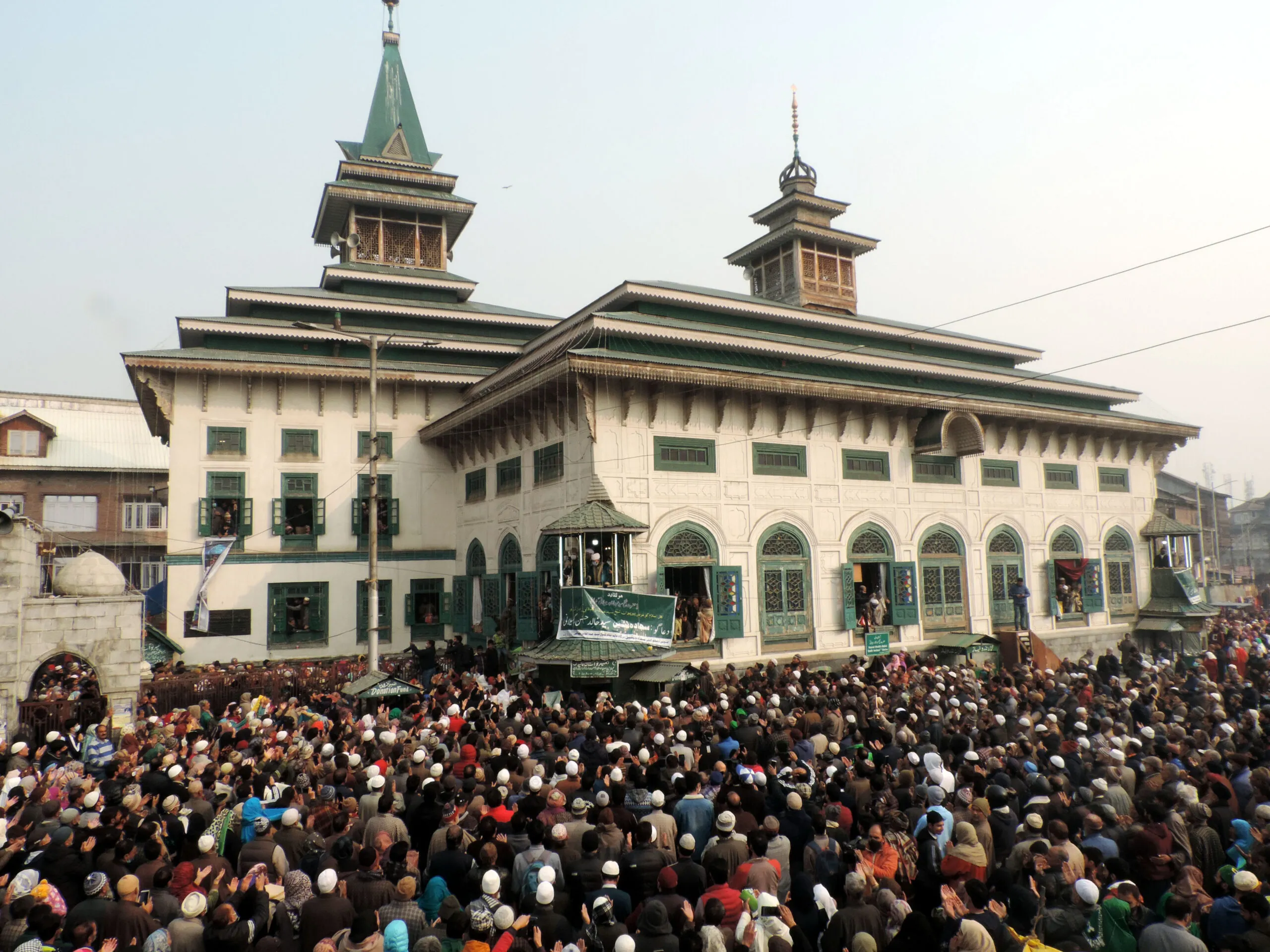
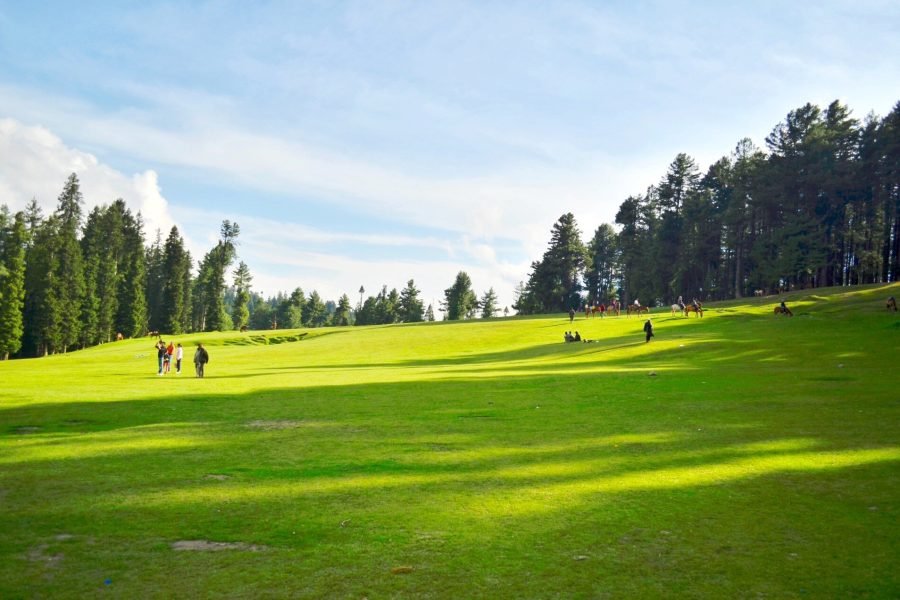
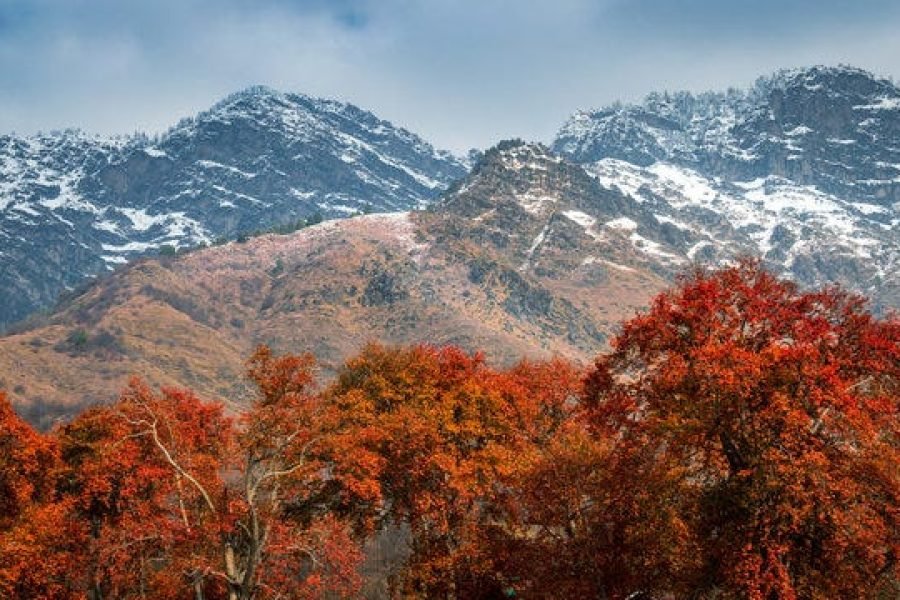
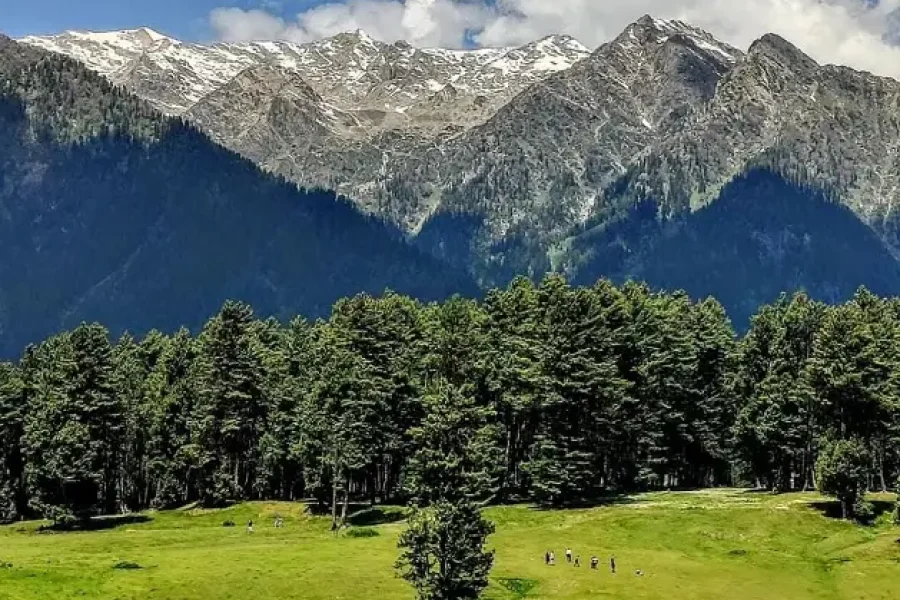
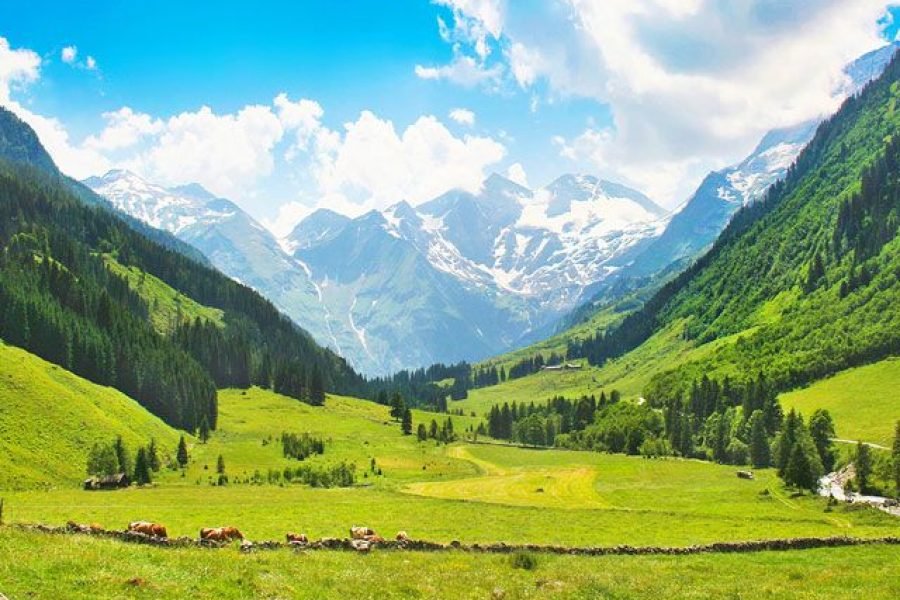
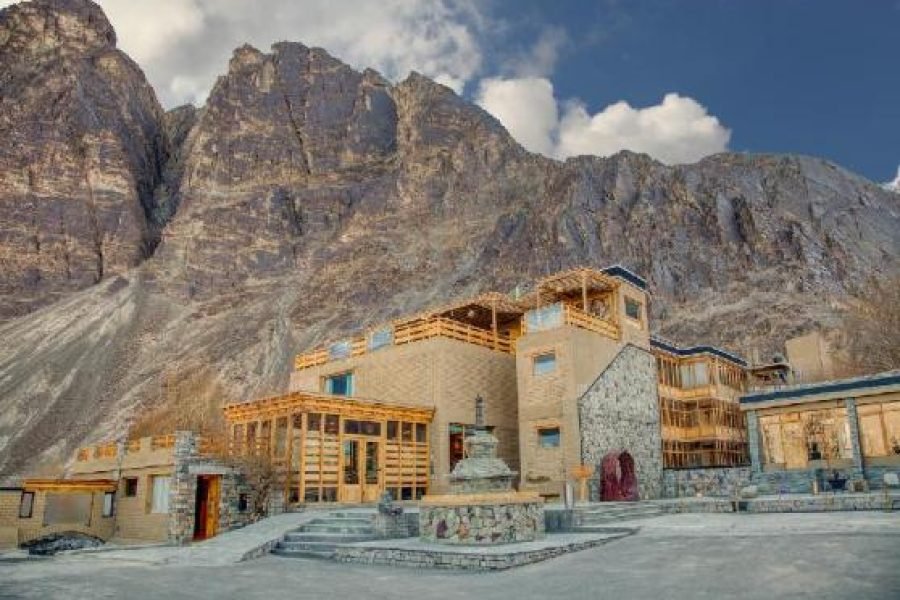

0 Comment